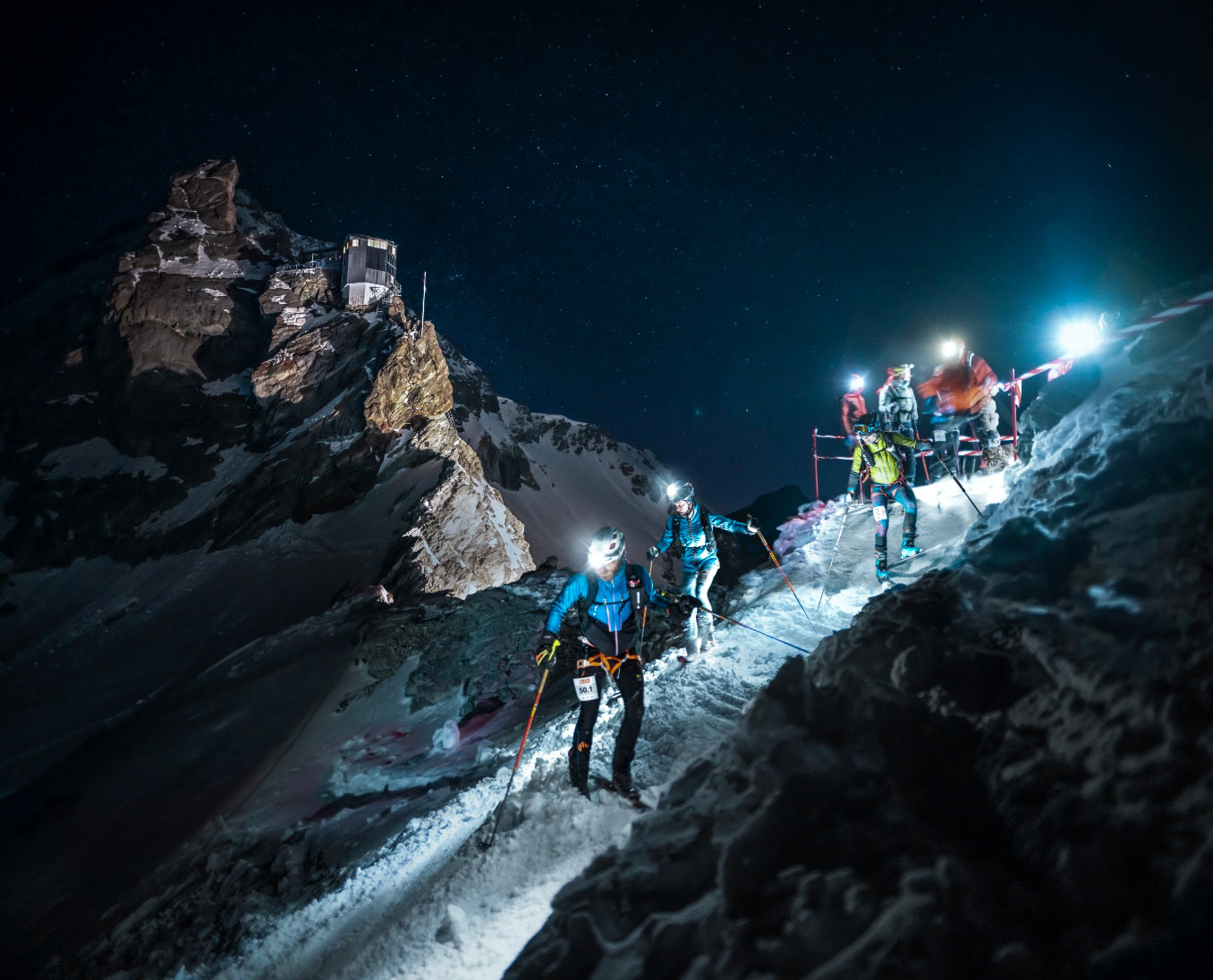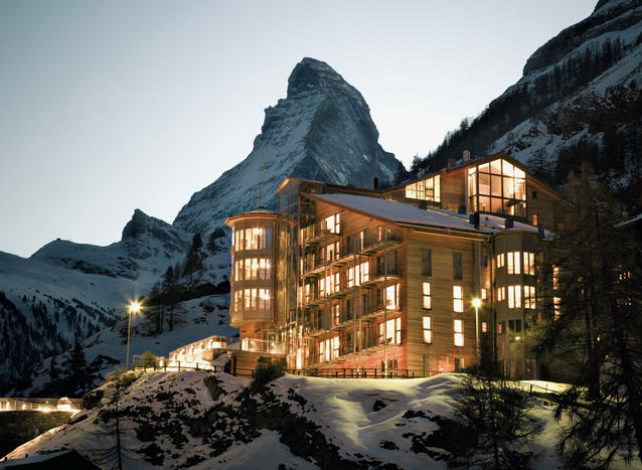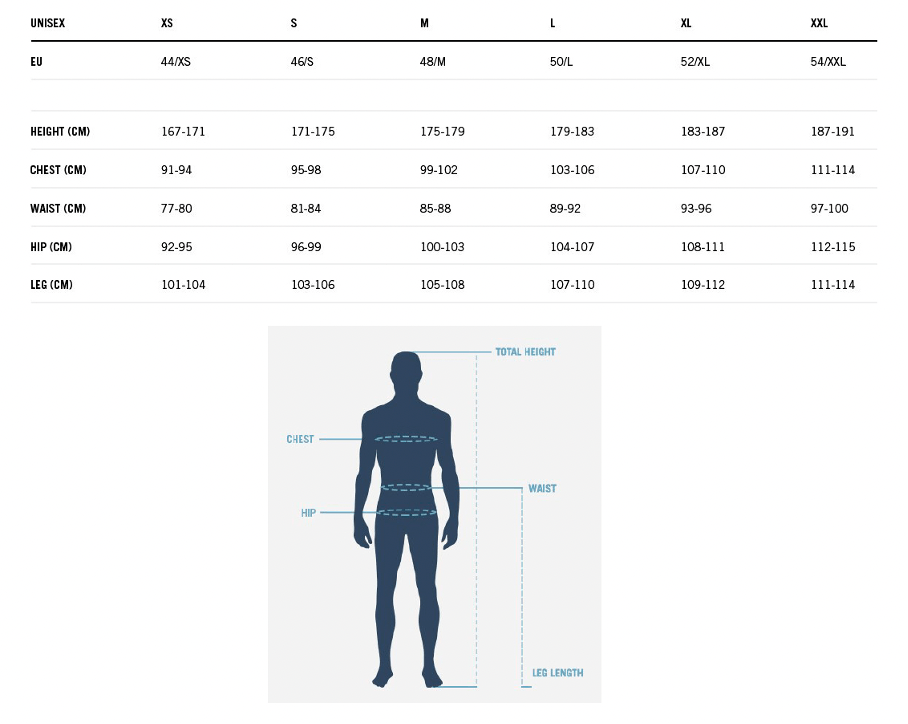
How does one get to the start? What are the time limits for each course? How should one wear one’s race number? How many refreshment points are there during the race? What equipment should I wear? What happens at the equipment check? All these questions are answered below.
The PdG command provides accommodation for competitors for the hours preceding the races from Zermatt. Additional nights in hotel rooms booked by patrollers prior to the race must be paid directly to the hotel concerned before departing from the premises. If the race is postponed by one day, the extra night is included in the registration fee.
Patrollers of races departing from Arolla can use the Evolène – Région platform to book accommodation on a “first come, first served” basis. The number of places is limited and the PdG command has no additional accommodation capacity.

Patrols must pass through all checkpoints in groups, with bibs visible: one on the bag, one on the helmet and one on the right thigh.
Each patroller must be in possession at all times of a valid form of identification (no photocopies), to be presented on request when collecting race numbers or on the course.
At the end of the race, patrollers may keep their race numbers.
The Patrouille des Glaciers provides patrollers departing from Zermatt with the following refreshments: a meal in a designated restaurant́ in Zermatt on the evening before the race, refreshments at the stations in Arolla and La Barme, and a meal at the finish in Verbier in the big tent.
For races starting from Arolla, the Glacier Patrol Command provides patrollers with a meal in the big tent in Arolla the evening before the race, a breakfast/snack in the big tent in Arolla before the start, refreshments at the La Barme station, and a meal in the big tent on arrival in Verbier.
Each patrol is advised to bring its own personal refreshments for during the race. However, assistance from third parties for the personal provision of refreshments for patrollers is authorised in the sectors defined below:
- SCHÖNBIEL: clearly marked area near the checkpoint
- TÊTE BLANCHE: clearly marked area near the checkpoint
- COL DE BERTOL: clearly marked area near the checkpoint
- AROLLA (Fontanesses skilift): after the Z course checkpoint
- Z: COMBE DU PAS DE CHÈVRES: at the COL DE RIEDMATTEN crossing point (eastern foot of the gully) clearly marked area
- A: COMBE DU PAS DE CHÈVRES: at the Col de TSENÂ RÉFIEN crossing point (eastern foot of the gully) clearly marked area.
- LA BARME: clearly marked area near the checkpoint (LA BARME ascent – foot of the gully excluded)
- LA ROSABLANCHE: clearly delineated area near the checkpoint (excluding the LA ROSABLANCHE gully)
- LAC DU PETIT MONT FORT: area marked at the Petit Mont Fort lake (excluding COL DE LA CHAUX)
Category P1 – Swiss Military Patrols (including Border Guard and Police Corps)
During the race, patrollers must wear uniforms adapted to high-altitude conditions, as well as equipment that meets the requirements of a prolonged stay at high altitude and extreme temperatures.
During the prize-giving ceremony, patrollers must wear official PdG garments. These will be distributed at the material check.
Category P2 – Military patrols
During the race, patrollers must wear their country’s official uniform, as well as high-altitude equipment that meets the requirements of a prolonged stay at high altitude and extreme temperatures.
Patrollers must wear their country’s official uniform during the prize-giving ceremony.
Category P3 and P4 – Civil patrols
During the race, patrollers must wear clothing suitable for high-altitude conditions, as well as equipment that meets the requirements of a prolonged stay at high altitude and extreme temperatures.

Mandatory equipment
The equipment provided by the PdG command consists of a cell phone, three electronic chips, a 1:50,000 map and nine bibs.
Shared equipment per patrol consists of a rope (min. 8.5 mm in diameter and min. 30 m long), a compass and altimeter, a spare pair of anti-slip skins, a spare pair of polarised sunglasses and a first-aid kit containing plasters, elastic bandages and painkillers at the very least.
Each patroller’s individual equipment includes skis, bindings, poles, a pair of hiking boots, a rucksack with ski attachment points, anti-slip skins, an avalanche beacon, helmet, category 4 sunglasses, snow shovel, snow probe, ice axe, high-altitude survival blanket, harness and headlamp.
Clothing
For the upper body, we recommend wearing a long-sleeved thermal first layer, a windproof and breathable second layer with thermal padding, and a hooded mountain jacket; with a hat, a pair of gloves covering the hands to the wrists and a second pair of thermal gloves.
For the lower body, we recommend wearing a thermal layer (pants or ski suit) and windproof, breathable mountain over-trousers.
Material and equipment checks
More information coming soon.

